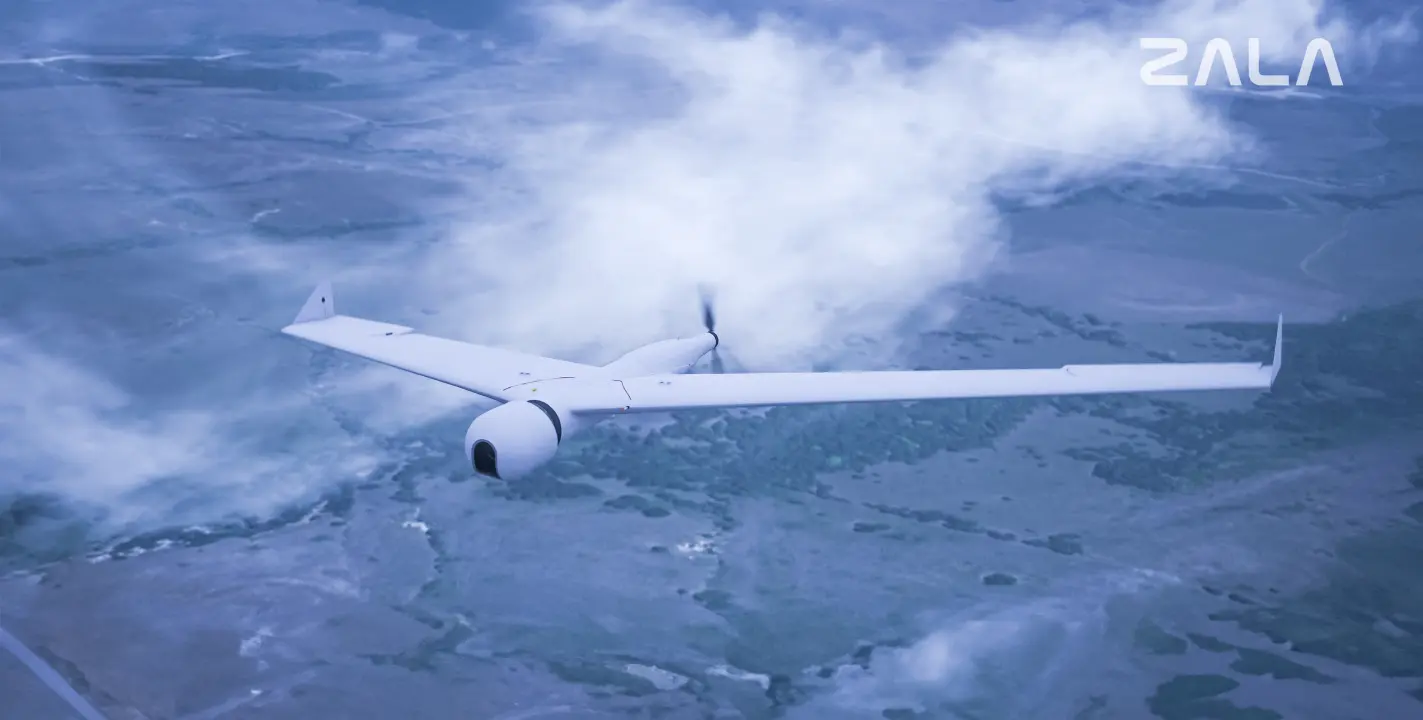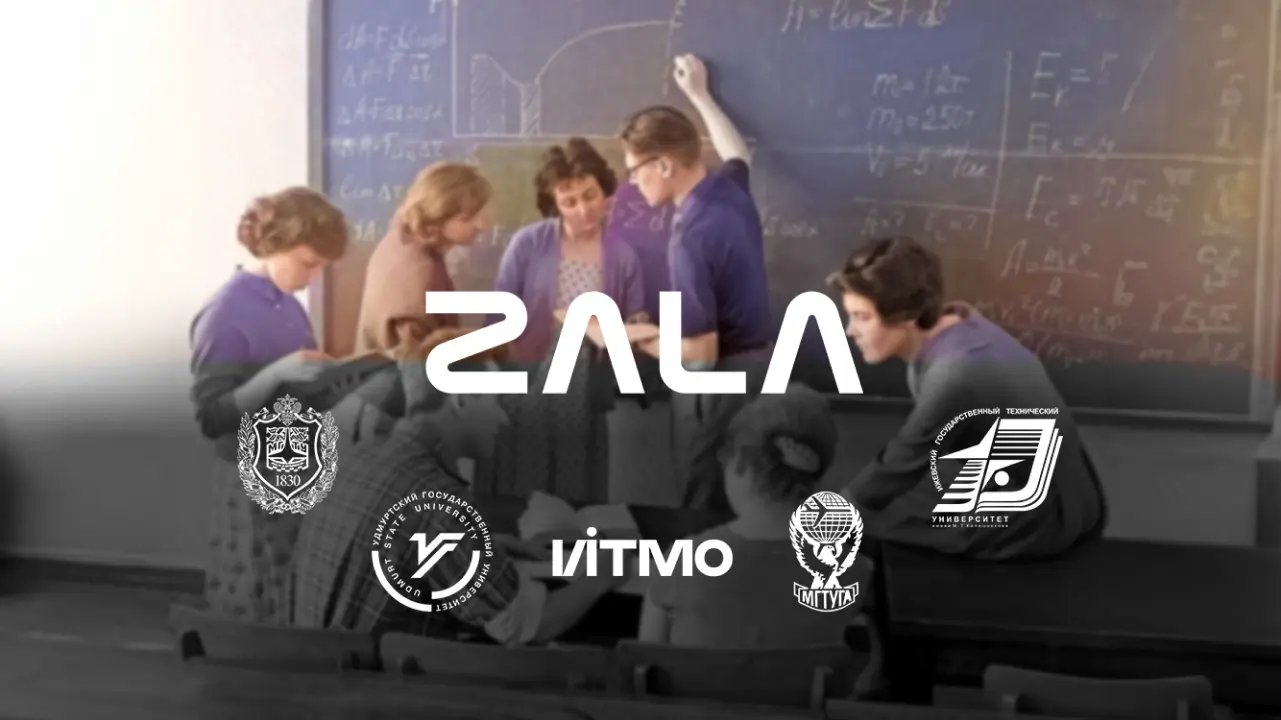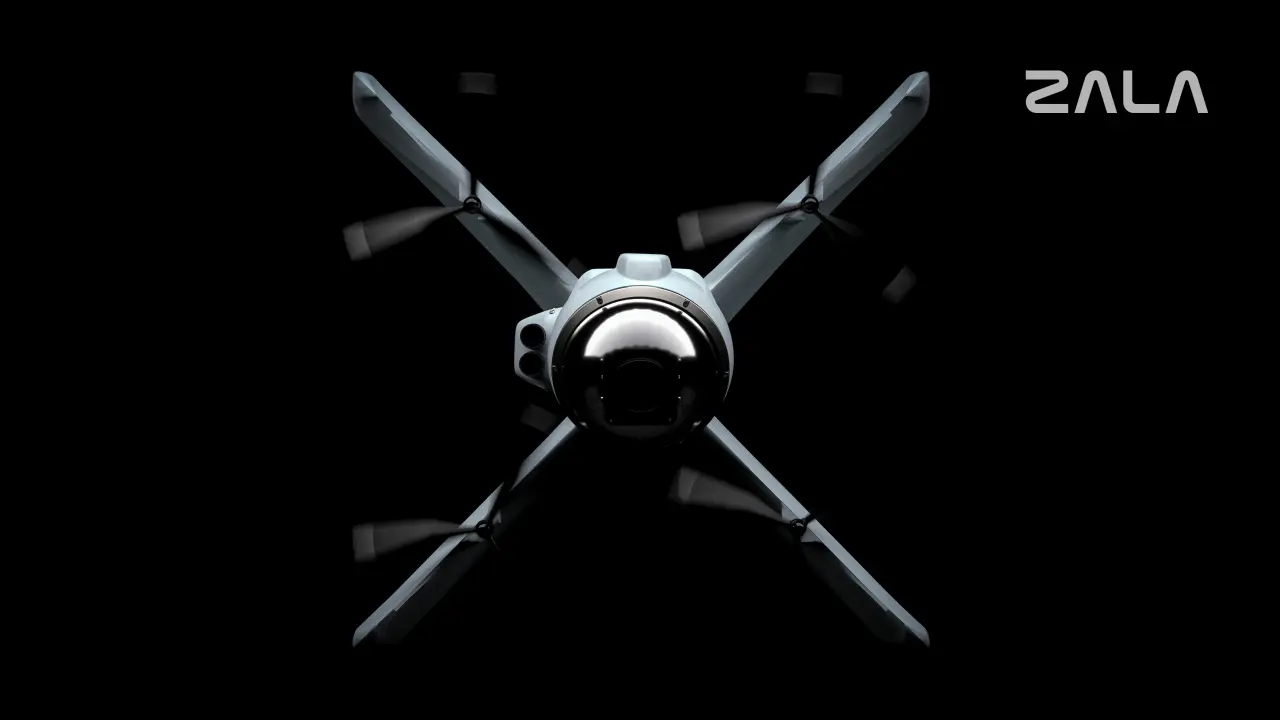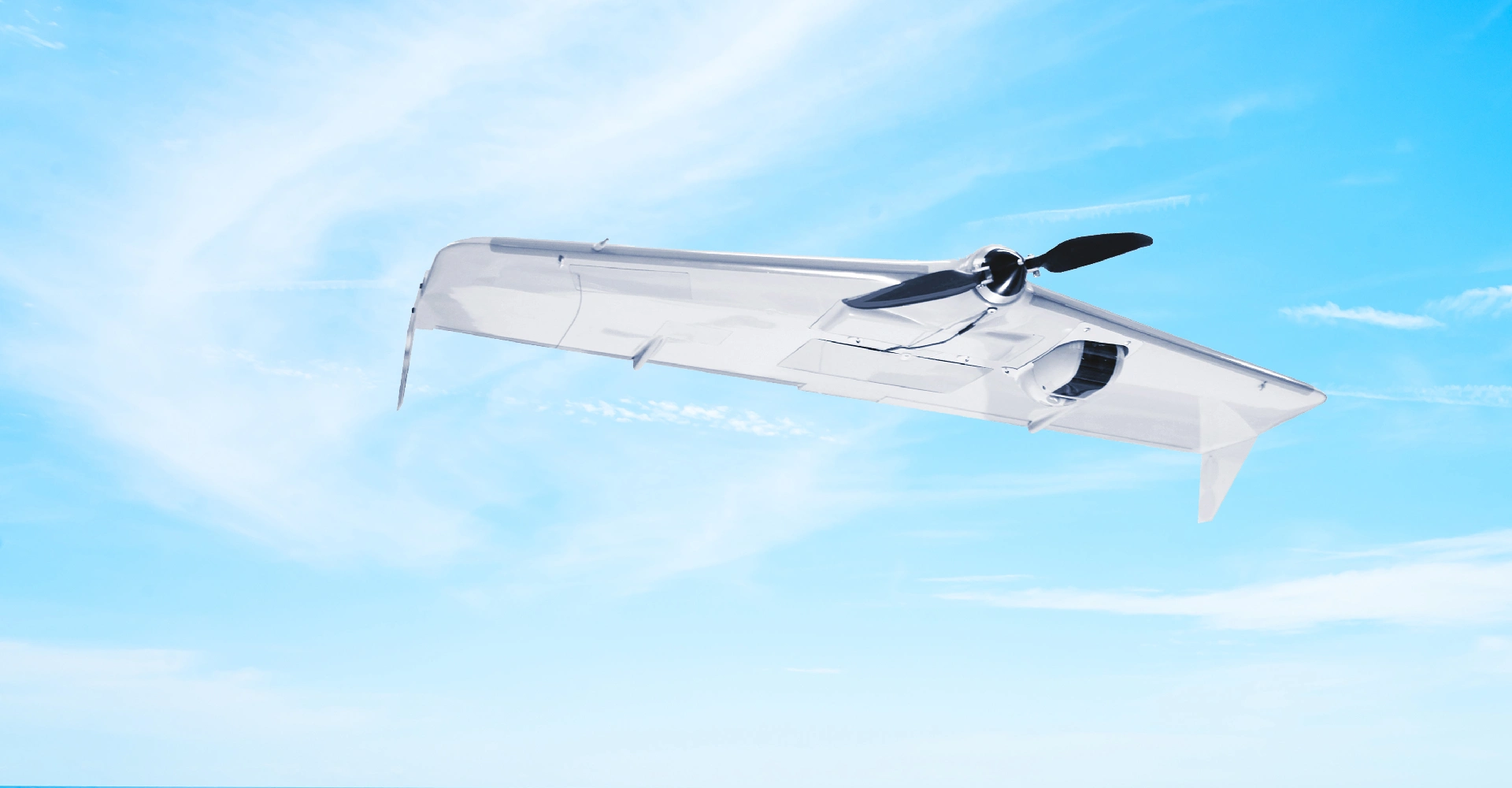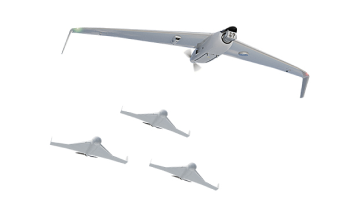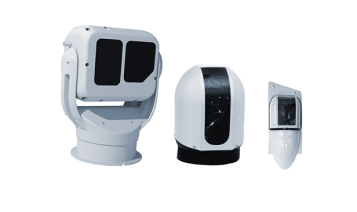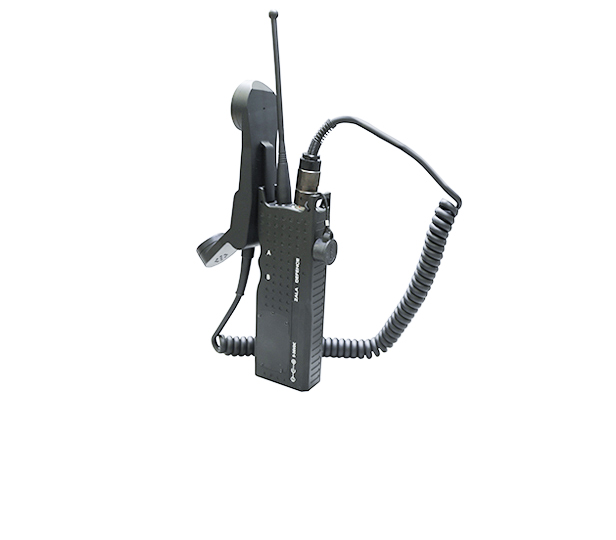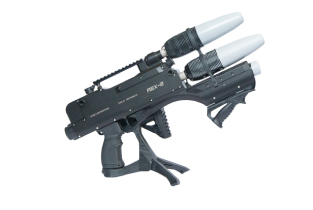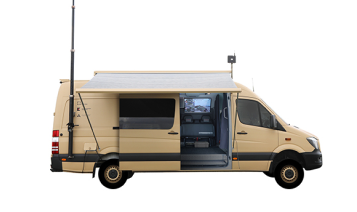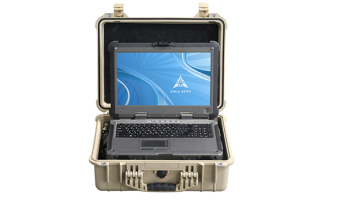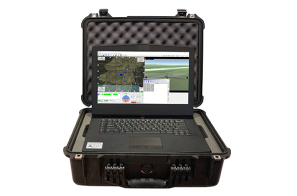ZALA HLVs in the service of the oil industry
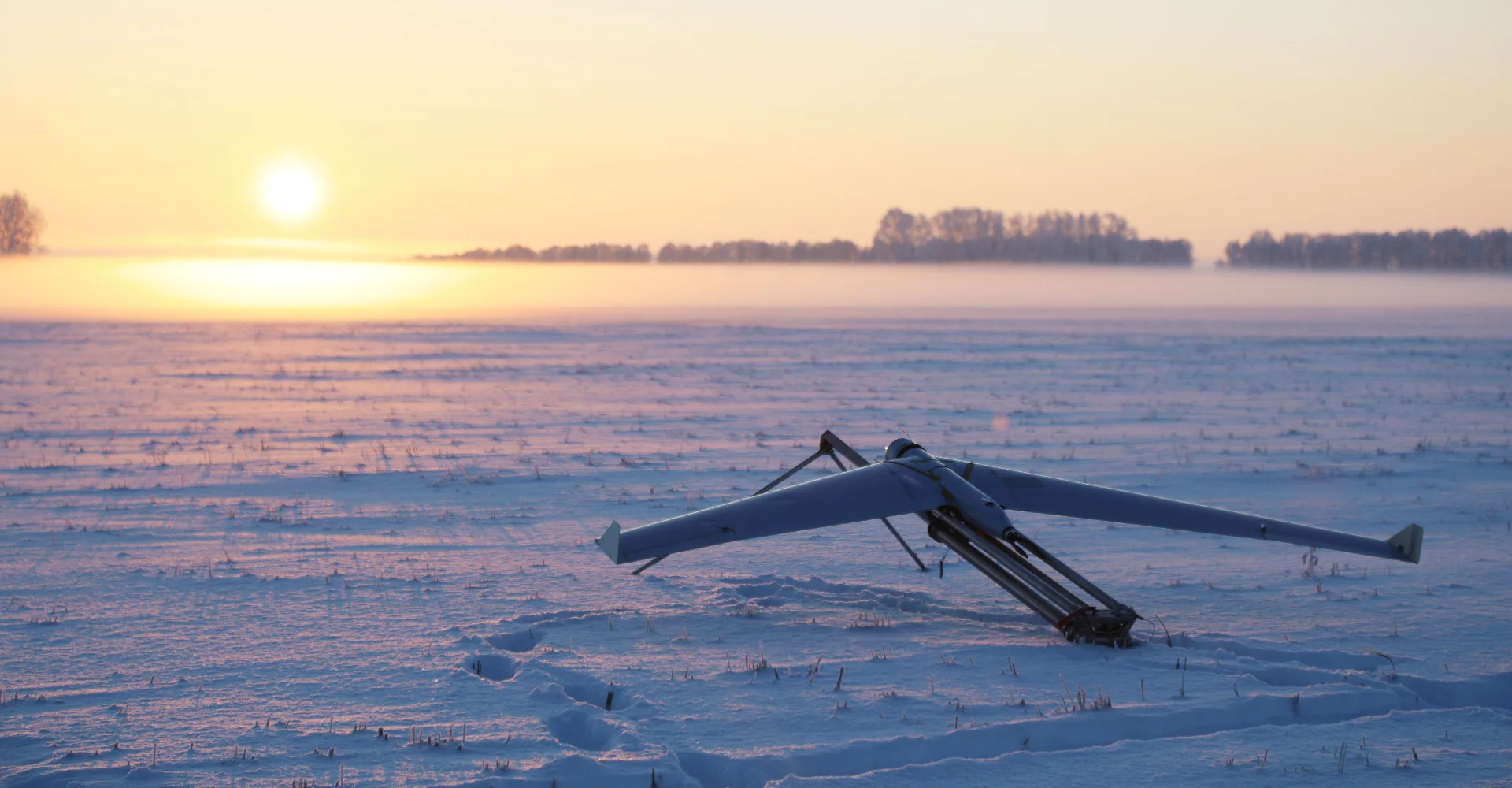
Unmanned aerial vehicles open up new opportunities in various areas of the oil industry - from geological exploration to the safety of production facilities.
For example, the Izhevsk-based Kalashnikov Concern (part of Rostec), as reported by Devon IA in April 2017, has started using drones of its subsidiary ZALA AERO to monitor pipeline systems under joint projects with major Russian oil and gas companies. These include: "Rosneft", "Bashneft", "Gazprom", "Gazprom-Neft", "Transneft", "Lukoil", "Tatneft".
TATNEFT started pilot tests of unmanned aerial vehicles (UAVs) of aeroplane and helicopter type in 2016. In particular, ZALA AERO GROUP (a subsidiary of Kalashnikov) is purchasing UAVs.
In the past, oil workers used to make foot rounds of remote sites. Manned aviation overflights were also conducted regularly. Now drones are increasingly being used for this purpose, as well as for control over the operations. They have a number of advantages over aeroplanes and helicopters. The main ones are: cost-effectiveness, high-quality photo and video recording, and elimination of flight-related hazards for humans.
What does a monitoring system using drones provide? It allows timely detection of emergency situations, rapid analysis of deviations and assessment of potential danger to settlements and industrial facilities. For example, it is now possible to find leaks and illegal taps on pipelines in time.
IN THE SERVICE OF ECOLOGY
Modern technologies help to detect oil products in water bodies, assess the area of pollution in case of oil pipeline ruptures. The air patrol will also spot unauthorised people and equipment at field facilities.
During the flood period, UAVs are used to identify flood zones and determine the presence and boundaries of oil spills in water bodies. And thermal imaging allows to see hydrocarbon spills in the infrared range. Detecting heat losses on steam pipelines makes it possible to reduce heat generation costs.
Combination of different types of imagery makes it possible to quickly and comprehensively assess the condition of the object, to control the works performed on it and to accurately determine the coordinates of the area where this or that image was taken.
Surveys and measurements of terrain made in this way have proved to be a cost-effective and convenient method of aerial photography. They allow the creation of photomaps of the terrain and models of objects. Aerial photography is also used to compile and update topographic material for designing and monitoring the construction progress of capital construction projects.
INTERNET OF THINGS ELEMENT
What has already been done at Tatneft with the help of unmanned aerial vehicles? The company's specialists have surveyed the routes of pressure oil pipelines, including those at the extra-viscous oil field; hundreds of kilometres of water pipelines and a large number of well pads. They carried out thermal imaging surveys of steam pipeline routes and aerial photography of area and linear objects.
Oilmen inspected high-voltage power lines. Construction and repair works at dozens of sites were monitored. The condition of abandoned wells was monitored and flood conditions of rivers and water bodies were controlled.
The company is convinced that unmanned aviation is very effective. "Airborne" control makes it possible to increase the efficiency of response to deviations in technological processes, reduce the negative impact on the environment and reduce the number of violations of labour protection and safety rules.
This direction is also promising for engineering and geodetic surveys, according to Tatneft. At the same time, the value of using UAVs increases dramatically together with innovative programmes for data recognition and processing embedded in the existing information systems and business processes at the enterprise. In other words, drones are becoming one of the elements of the industrial Internet of Things.
Source link: ZALA HLVs in the service of the oil industry
